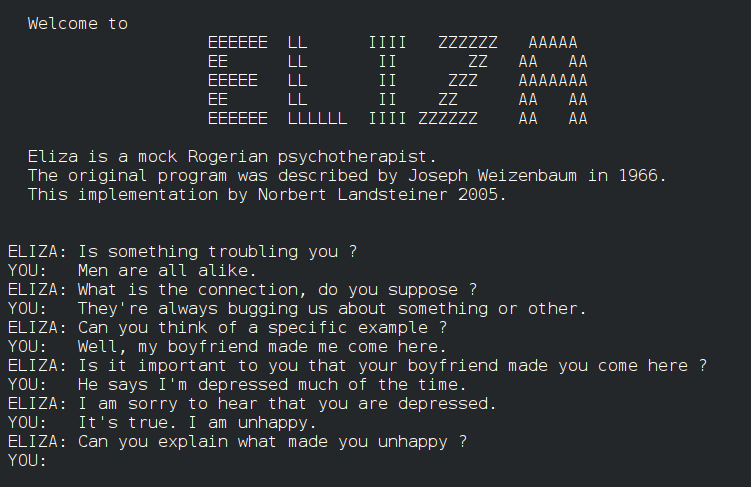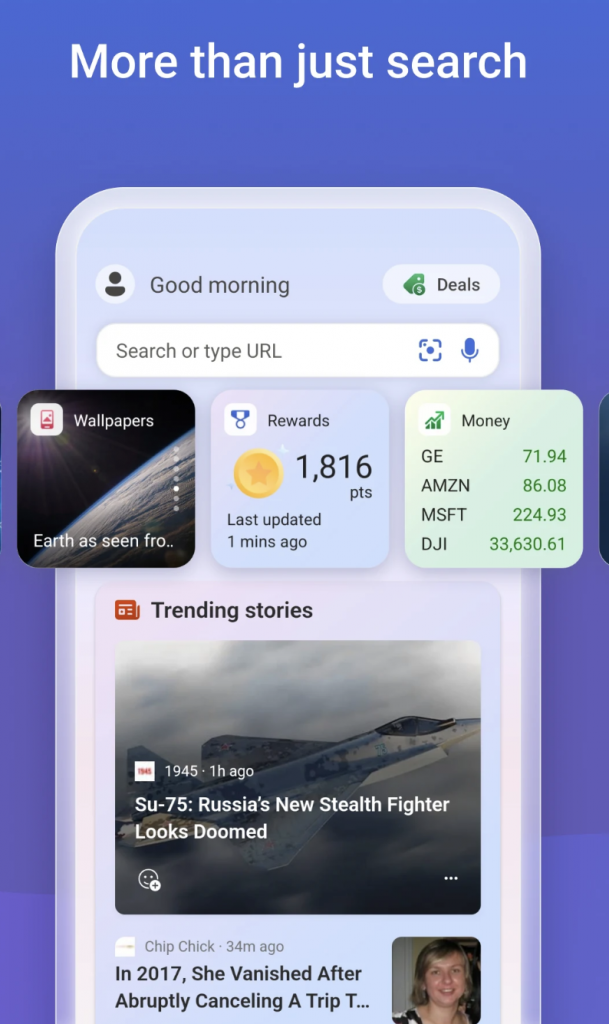Chatbots are software applications that simulate conversation with human users, using natural language processing to understand questions and generate responses. Chatbots can be used for various purposes, such as customer service, entertainment, education, and productivity.

Chatbots are not a new phenomenon. They have been around since the 1960s, when computer scientist Joseph Weizenbaum created ELIZA, a program that mimicked a psychotherapist by using simple pattern matching and canned responses. However, chatbots have become more advanced and popular in recent years, thanks to the development of artificial intelligence (AI) technologies that enable chatbots to learn from large amounts of text data and produce more natural and diverse responses.
Some of the leading companies in AI research and development are Microsoft, Google, and OpenAI. These companies have been creating chatbots that can perform various tasks and demonstrate impressive capabilities. For example:
– Microsoft has partnered with OpenAI to integrate its powerful AI model known as GPT-4 into its products and services. GPT-4 is a generative AI model that can produce text on any topic given some input words or phrases. It can also generate images, audio, video, code, and other types of content based on text input. Microsoft has used GPT-4 to enhance its Bing search engine and its Office suite of products. For instance, Microsoft has introduced AI assistants called Copilots that can help users draft emails, write documents, create slideshows, analyze data, summarize meetings, and more by scanning relevant information stored in Microsoft’s cloud.

-Google has also unveiled its own AI assistant for its Workspace platform, which includes Gmail, Docs, Slides, Sheets, Meet,and Chat. Google’s AI assistant can help users brainstorm, proofread, write, and rewrite in Docs; generate images, audio, and video in Slides; auto-complete formulas and categorize data in Sheets; create backgrounds and capture notes in Meet; and enable workflows in Chat. Google’s AI assistant also uses natural language generation to help users start or finish emails with suggested phrases or sentences.
– OpenAI is a research organization backed by Microsoft that aims to create artificial general intelligence (AGI), a type of AI that can perform any intellectual task that humans can. OpenAI is best known for its ChatGPT application, which uses GPT-4 to generate realistic conversations on any topic with human users. ChatGPT can also be creative, even writing poetry based on user input.

For example,if you ask ChatGPT to write a poem about chatbots, it might produce something like this:
Chatbots are here to stay
They make our lives easier every day
They answer our questions and entertain us too
They are friendly and helpful and always true
Chatbots are more than just machines
They have personalities and dreams
They learn from us and grow smarter each day
They are our companions along the way
Chatbots are changing the way we interact with technology
They make it more human and less coldy
They bring us joy and knowledge
And maybe someday they will go to college
These examples show how chatbots are changing the way we interact with technology by making it more conversational, personalized, and creative.
Chatbots can also benefit us in many ways,such as saving time, improving efficiency,enhancing communication, providing information,and offering entertainment. However,chatbots also pose some challenges and risks, such as ethical issues,privacy concerns,quality control, bias, misinformation, and malicious use.
We need to be aware of these potential problems and develop appropriate solutions to ensure that chatbots are used responsibly and for good purposes. Chatbots are here to stay and they will continue to evolve as AI technology advances. We should embrace them as valuable tools that can enrich our lives but also be mindful of their limitations and implications.
As humans, we have the power to shape the future of chatbots and technology in general.
Let’s use it wisely.